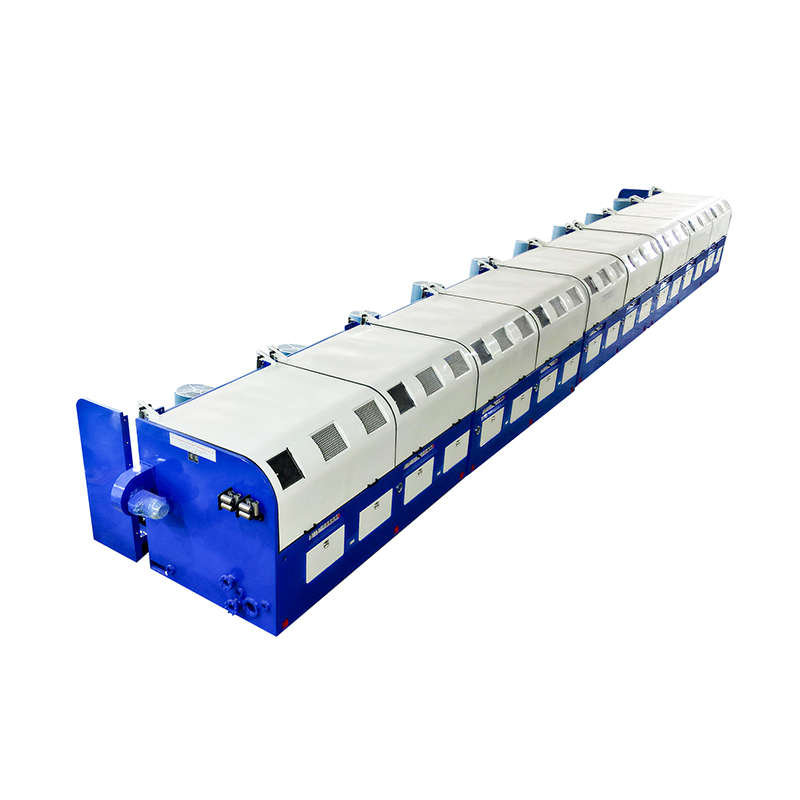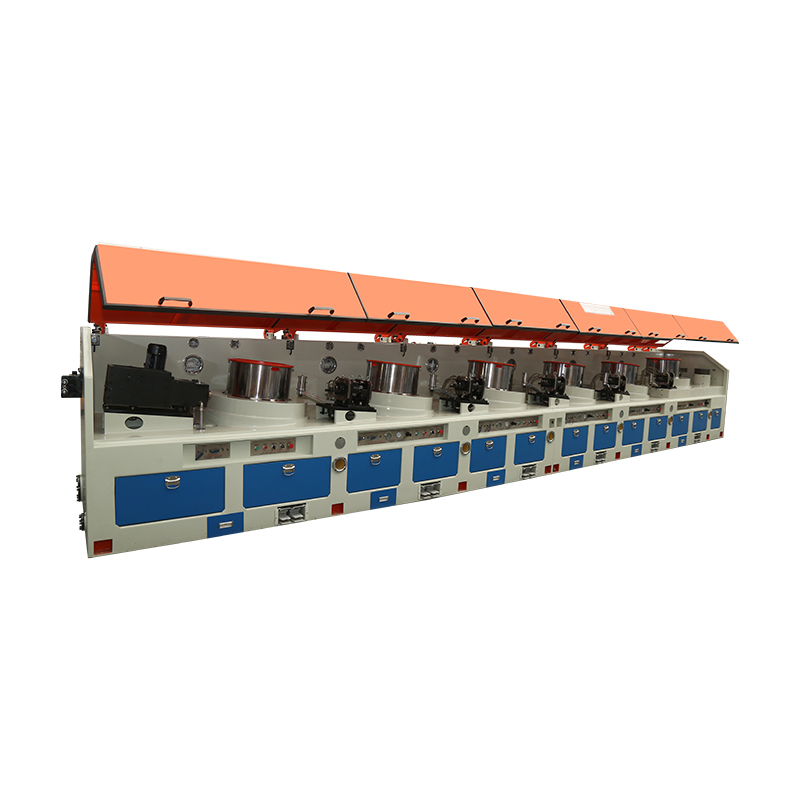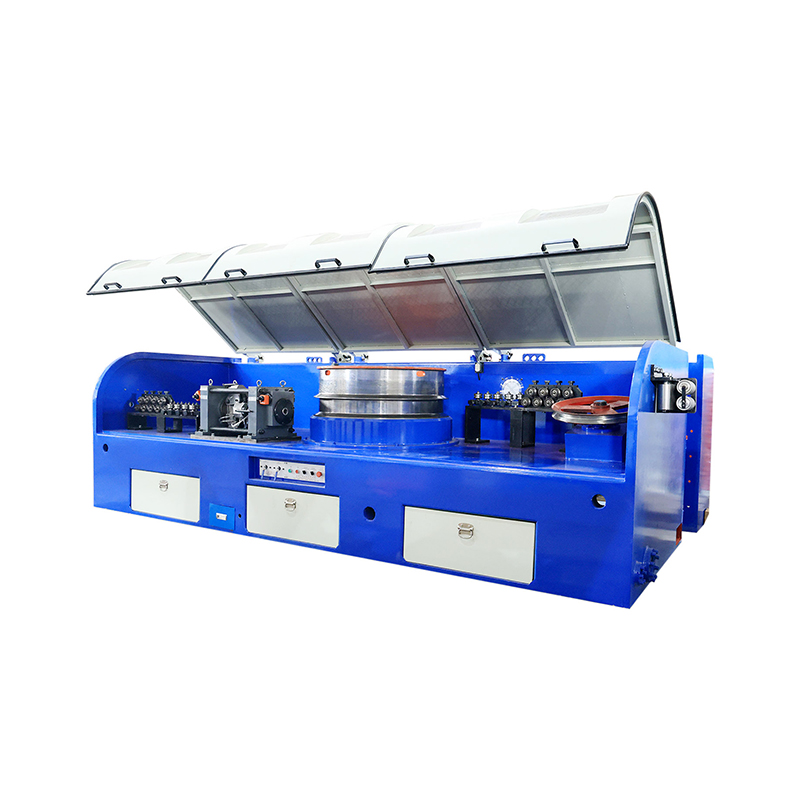How do automation and digital control systems enhance the performance of wet wire drawing machines?
The evolution of manufacturing technologies has ushered in a new era of efficiency, precision, and scalability. Wet wire drawing machine, fundamental in producing wires of varying diameters and strengths, are no exception. By integrating automation and digital control systems into their design, these machines have witnessed a transformative leap in performance, offering a host of advantages that address both operational challenges and production demands.
Precision and Consistency
At the heart of automation lies its ability to enhance precision. Wet wire drawing, which involves pulling wire through a series of dies while simultaneously lubricating it with a wet medium, requires impeccable control over speed, tension, and die alignment. Traditional manual adjustments, though effective, are often subject to human error and inconsistencies. Automation, through intelligent sensors and actuators, offers unparalleled accuracy in monitoring and controlling these variables.
Digital control systems, equipped with real-time feedback loops, adjust parameters such as drawing speed and tension with exquisite finesse. This leads to a consistent product, free from defects like uneven thickness or breakage, which were once common in less controlled environments. With automated systems, manufacturers can achieve uniformity across batches, ensuring that each wire meets the stringent specifications required for its end use.
Enhanced Efficiency and Throughput
The introduction of automation into wet wire drawing machines significantly boosts operational efficiency. With digital control systems, the machine can self-regulate, adjusting drawing speeds and tension in real time to optimize performance. This eliminates the need for manual intervention, reducing downtime and increasing throughput. Operators can monitor the process from a centralized interface, intervening only when necessary.
Moreover, the integration of automated systems allows for faster changeovers between different wire specifications. Where manual setups might take hours, automated systems can reconfigure the machine swiftly, enabling manufacturers to respond more dynamically to fluctuating demand. This agility translates directly into higher production volumes without compromising on quality.
Reduced Waste and Energy Consumption
Automation not only enhances productivity but also promotes sustainability. By providing precise control over the drawing process, digital systems minimize material waste. Each wire is pulled with the optimal tension and speed, ensuring that material usage is maximized and excess waste is minimized. Furthermore, the system can identify inefficiencies in the drawing process, such as excessive energy consumption or unnecessary wear on equipment, and make adjustments to mitigate these issues.
Energy consumption, a critical consideration in industrial operations, is also optimized. Digital control systems allow for the fine-tuning of the drawing speed and lubrication flow, ensuring that the machine operates at peak efficiency without wasting power. This not only lowers operational costs but also supports environmental sustainability by reducing the machine's carbon footprint.

Predictive Maintenance and Downtime Reduction
One of the most significant advantages of automation and digital control systems is their ability to foresee and mitigate potential failures before they occur. Through advanced diagnostics and predictive maintenance features, these systems can monitor key components of the wet wire drawing machine, such as motors, tension sensors, and cooling units. By collecting data on machine performance and wear, the system can forecast when a part is likely to fail, allowing maintenance teams to take proactive measures.
This predictive capability drastically reduces unplanned downtime. Rather than waiting for a breakdown to occur, operators can schedule maintenance during non-productive hours, ensuring that production runs smoothly without unexpected interruptions. The result is an increase in overall equipment effectiveness (OEE), contributing to both cost savings and more reliable production schedules.
Improved Operator Control and Safety
With digital control systems, operators are equipped with intuitive interfaces that simplify the process of machine setup and monitoring. These systems provide detailed visualizations of key operational parameters, alerting operators to any deviations from the desired range. Such transparency enables quick decision-making and ensures that issues are addressed before they escalate into costly problems.
Additionally, automation enhances safety. Modern wet wire drawing machines are equipped with advanced safety features, such as automatic shutdowns in the event of a malfunction or operator error. These safeguards, coupled with remote monitoring capabilities, reduce the likelihood of accidents, creating a safer working environment for operators.
The fusion of automation and digital control systems has revolutionized the performance of wet wire drawing machines. Through heightened precision, increased efficiency, reduced waste, and predictive maintenance, these advanced technologies not only optimize the production process but also provide substantial cost savings and improve safety. As the manufacturing landscape continues to evolve, the integration of automation and digital control will remain a key driver of progress, enabling manufacturers to meet the growing demands of the global market with greater agility and innovation.


 EN
EN
 English
English Español
Español Français
Français Português
Português عربى
عربى













